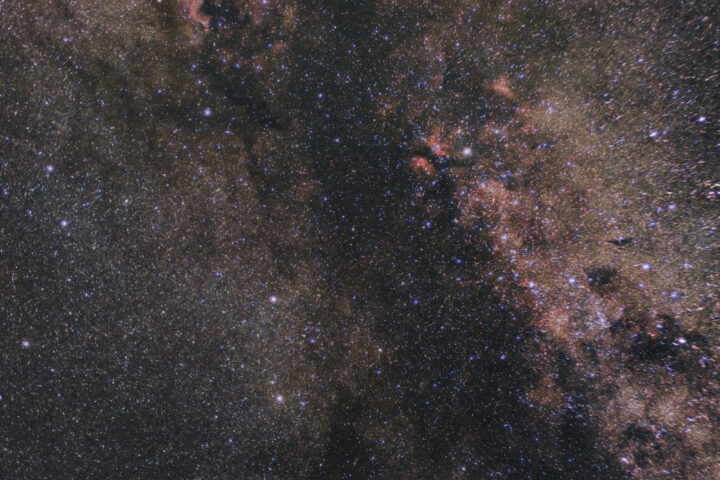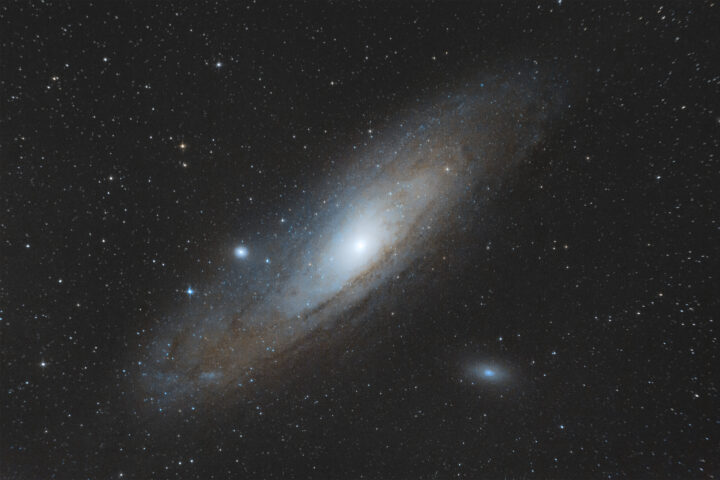In 2020, I owned a 127mm Maksutov Cassegrain telescope, a good planetary imager, but I did not have a planetary camera. In 2021, I had the planetary camera, the same Qhy5L-ii mono that I use for guiding, but not the telescope, as I had returned the 127 Mak along with its malfunctioning mount to the seller.
This year, I finally own both a camera and a telescope, so it was time to take some photos of our solar system.
15 August 2022: Jupiter and Saturn
On mid-August Eve, I organized a party at my house. At around 1 am, as every party-planning astronomer should, I brought the telescope into the garden and started showing my friends some views of our Moon, Jupiter, and Saturn. Fast-forward to 3 am: almost everybody was sleeping in the tents, but I was outside taking the first images of Jupiter and Saturn with my 130PDS Newtonian telescope. Unfortunately, Saturn was very low in the sky, but Jupiter was almost at its peak height.
I used FireCapture to record 3-minute videos, PIPP to align the frames and select the best 1200 of them, and Lynkeos to stack the images, upscale them using 2x drizzle, and apply deconvolution.
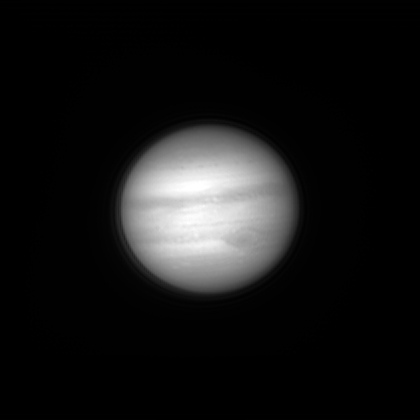
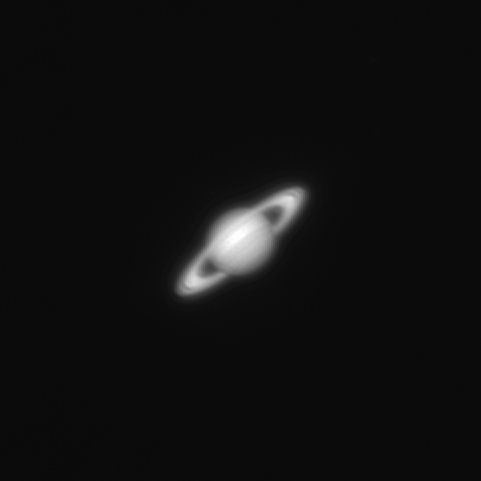
In order to magnify the image and achieve good resolution, I used a Celestron 2x Barlow and put the camera as far away from it as possible, as the bigger the distance between the lens and the sensor is, the larger (and darker) the image gets. With this configuration, Jupiter’s diameter was 175px, so my 130mm mirror’s capabilities were not fully exploited. Unfortunately, I did not have any more spacers or Barlow lenses to further increase magnification.
2 October 2022: Jupiter near opposition
I was back in the city I live in during the winter. I had access to longer spacers, so I could achieve higher magnification using the same 2x Barlow. I was ready to capture the opposition of the planet Jupiter, but the clouds didn’t let me until a few days later when I managed to take five images.
The imaging pipeline is the same as the one described above, except that this time I recorded 16-bit .ser videos instead of 8-bit AVIs.
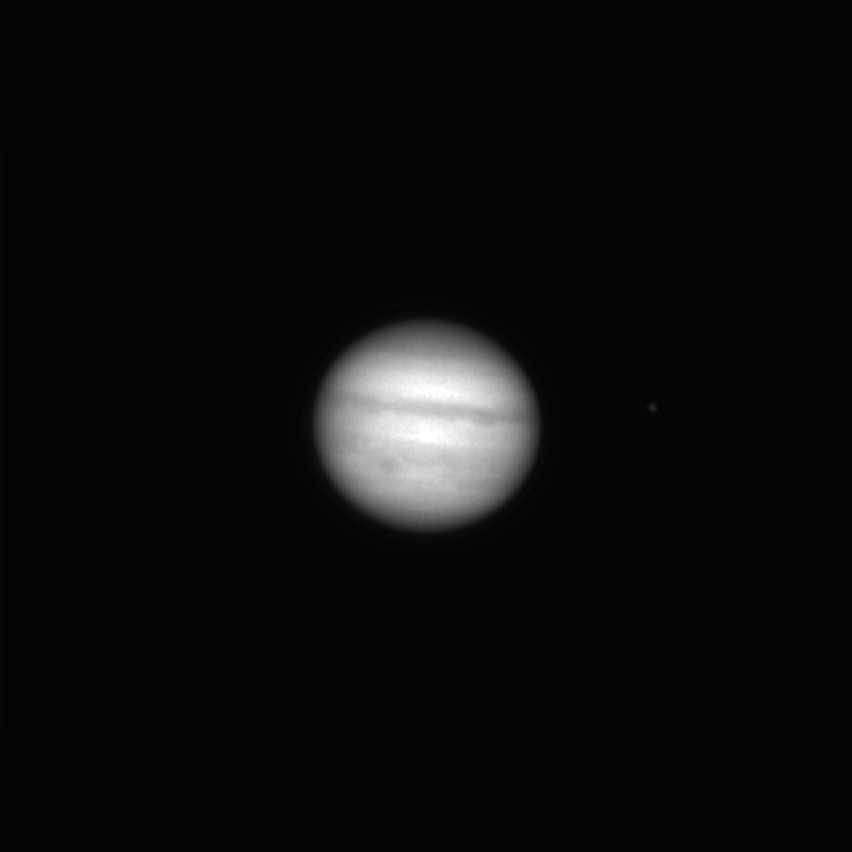
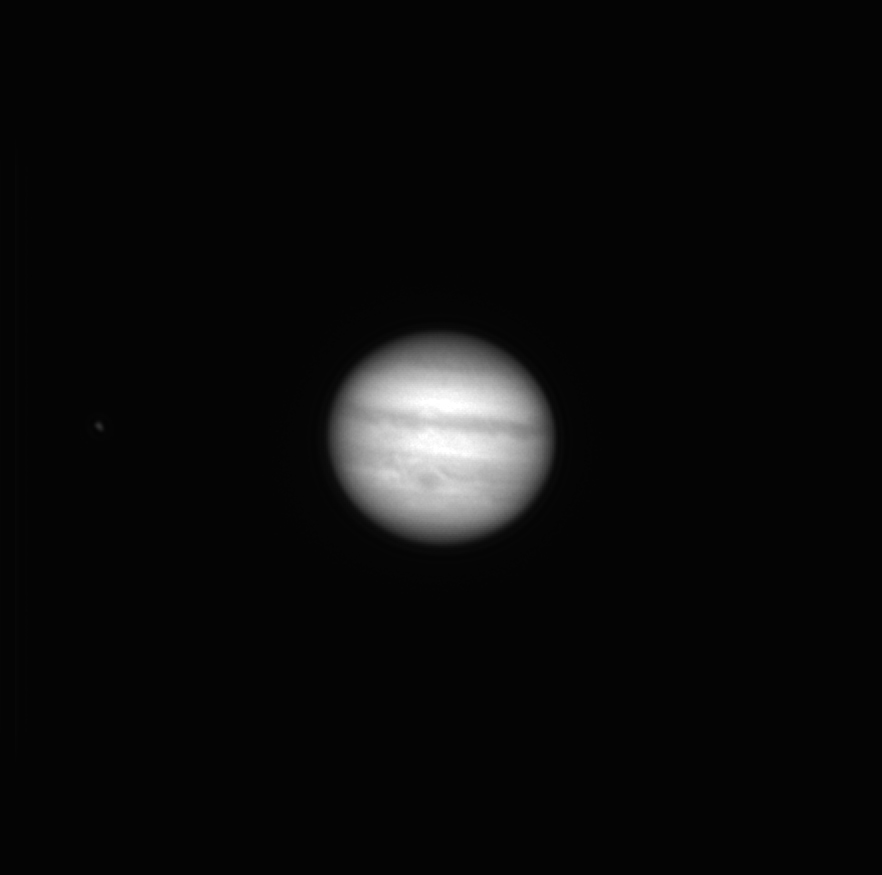
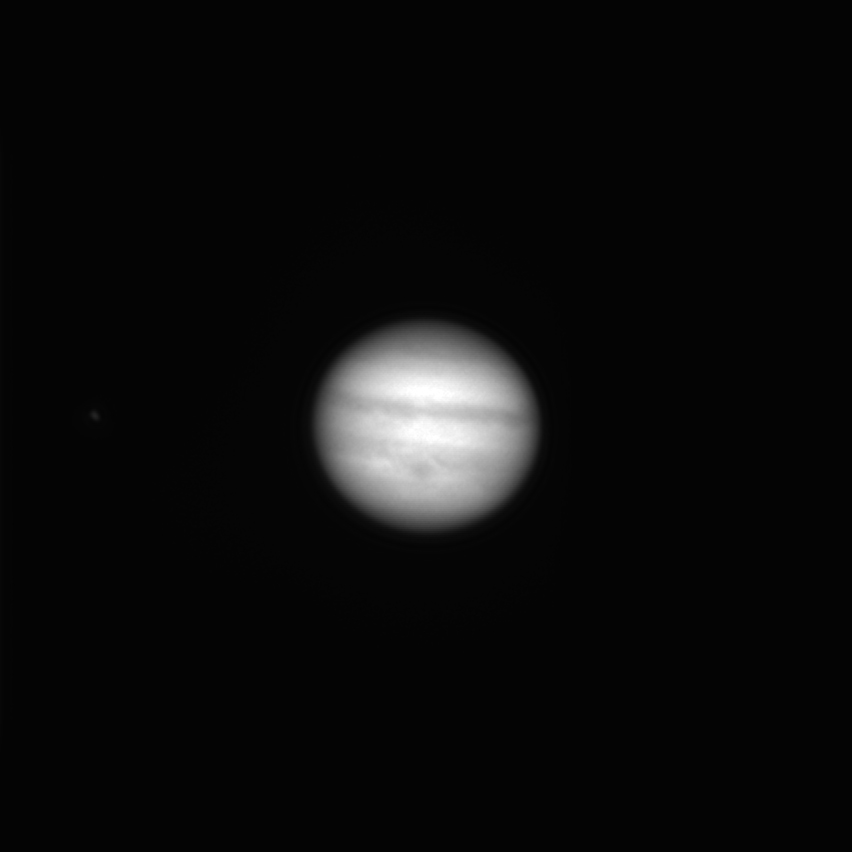
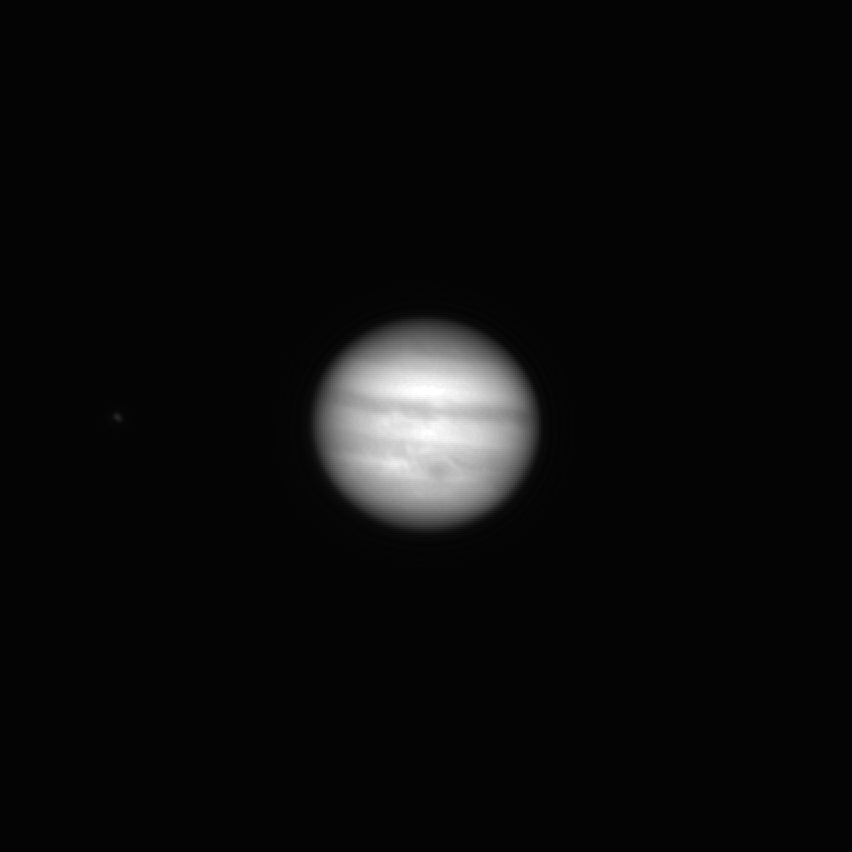
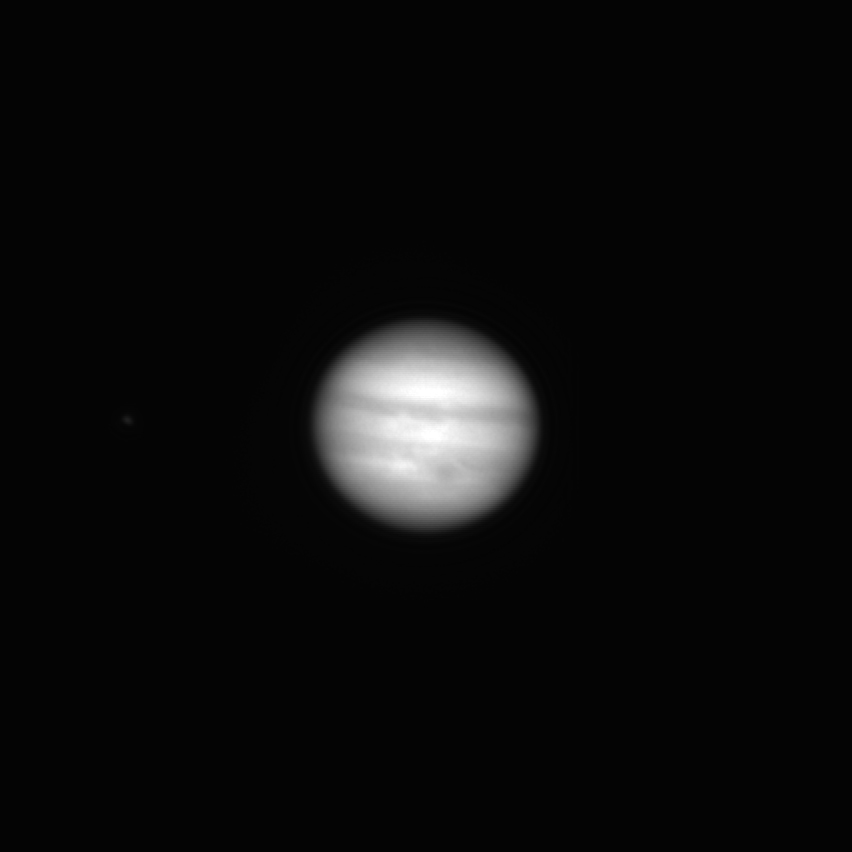
This time, Jupiter was 220px wide, but the atmospheric seeing in the city was worse, so the images turned out blurrier compared to the one shot in mid-August.
Conclusion
This new telescope continues to exceed my expectations. The views it provides amazed both me and my friends and the images are sharp, considering the relatively small 5 inch mirror and the unoptimal atmospheric conditions. Can’t wait to check out the Red Planet with this configuration, even if my monochrome camera won’t quite understand the “red” part of that nickname.
I hope you liked reading this post and found some useful tips along the way. Clear Skies!

